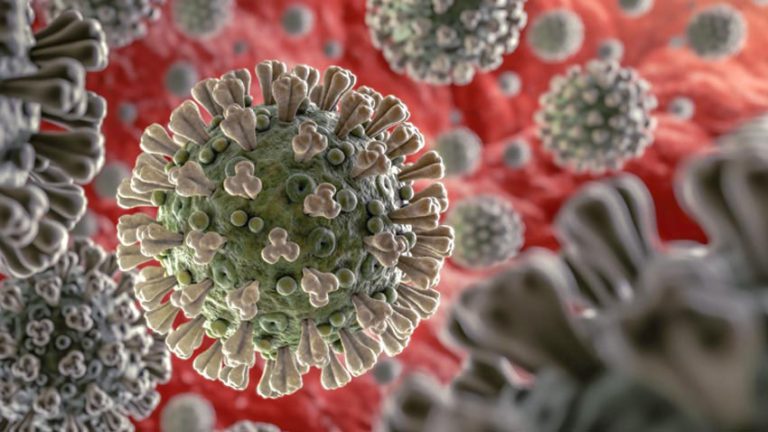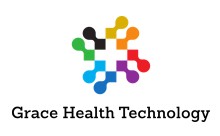Covid-19 Pandemic Affecting Fall Sports
The coronavirus pandemic has changed how Americans do business – it has also affected how we play.
Many organized sports took a hiatus during the spring and summer as players, organizers, public health officials, and fans looked for ways to play safely, and are now trying to squeeze out a fall schedule. For example, soccer is a patchwork of canceled games, limited practices, and normal seasons… at least for now, as COVID-19 flare-ups may dash the dreams of players of all ages.
The decision to play has been especially difficult at the high school level. Most states have canceled high school basketball championships and spring seasons, for example, even before the start of school. Football was a different story, though. Football is a beloved fall tradition and, for pros and amateurs alike, marks the beginning of sports season. The decision whether to nix the fall season has been a controversial and often divisive one – nearly everyone wants football to return, but many wondered how to do it safely.
Twenty-five states had already kicked off their high school football season by September 17, and nine more planned to start their seasons in the fall. By then, a number of states and the District of Columbia said they would push their seasons back to 2021. Colorado had announced they would offer football in both fall and spring. Michigan had reversed their decision twice, moving football from fall to spring on August 14 then moving it back to fall on September 3,2020.

The pandemic has also tripped up recruiting efforts, particularly for high school seniors. High school sport seasons provide athletes with an opportunity to score scholarships that could change the course of their lives. In a typical year, young athletes have several chances to impress college scouts, but 2020 is anything but typical – the pandemic prevents coaches and prospects from traveling to meet in person, and it led to the cancelation of exposure camps normally held in late summer and early autumn.
Fall Sports at the Collegiate Level
On September 22, 2020, the NCAA announced that a number of college sports would hold their 2020 fall championships in the spring of 2021. Sports included are men’s and women’s soccer, men’s and women’s cross-country, women’s volleyball, field hockey, and men’s water polo. They will cap bracket sizes at 75 percent of normal capacity, predetermine championship sites, and reduce the number of preliminary-round sites to support health and safety. While the NCAA has halted most college sports for the fall season, college football goes on. Mid-American Conference (MAC) announced their return on September 25, 2020, which means all 10 Football Bowl Subdivision (FBS) conferences are now competing in the fall. They committed to playing a 6-game conference-only schedule running from November 4th through December 18 or 19, with the MAC championship game. To keep players safe, MAC implemented COVID-19 testing protocols that call for four COVID tests per week, starting October 5. MAC is not allowing general public attendance or tailgating; Conference protocols will guide participation of any Marching Bands, Dance, Cheer and Spirit Squads at football games according to institutional discretion and public health guidance. MAC’s announcement cited the availability of COVID-19 tests and the quick turnaround time of test results across the Conference as leading to the decision to play.

Big Ten recently announced it would start its season on October 24, 2020, prompting 90 teams to attempt playing a full schedule this fall. The ACC, Big 12 and SEC as the Power 5 conferences will also try to play this fall, as will the American, Conference USA and Sun Belt.
Pro Sports During the Pandemic
Professional football is on in full force this fall, with the NFL planning to play a complete schedule. Just one year after celebrating the NFL’s 100th season in grand fashion, this year will feature mostly empty stadiums and canned cheers, officials and coaches in masks, the wearing of tracking devices for contact tracing, daily testing, socially distant meetings, and other protocols to keep fans and players safe. Players who test positive are placed on the reserve/COVID list. On September 26, Atlanta Falcons cornerback A.J. Terrell became the first player to be sidelined after a positive COVID-19 test.
It is hard to know how the pandemic will affect athletes and fans as we move from autumn to winter, but rest assured, the world of sports may never be the same.
FRANK MAGLIOCHETTI

Frank Magliochetti owes his professional success to his expertise in two areas: medicine and finance. After obtaining a BS in pharmacy from Northeastern University, he stayed on to enroll in the Masters of Toxicology program. He later specialized in corporate finance, receiving an MBA from The Sawyer School of Business at Suffolk University. His educational background includes completion of the Advanced Management Program at Harvard Business School and the General Management Program at Stanford Business School. Frank Magliochetti has held senior positions at Baxter International, Kontron Instruments, Haemonetics Corporation, and Sandoz. Since 2000, he has been a managing partner at Parcae Capital, where he focuses on financial restructuring and interim management services for companies in the healthcare, media, and alternative energy industries. Last year, he was appointed chairman of the board at Grace Health Technology, a company providing an enterprise solution for the laboratory environment. Frank is also CEO of ClickStream, ClickStream’s business operations are focused on the development and implementation of WinQuik™, a free to play synchronized mobile app and digital gaming platform. The platform is designed to enable WinQuik™ users to have fun, interact and compete against each other in order to win real money and prizes. Twitter at @ClickstreamC and @WinQuikApp.
Frank was appointed Chairman and Chief Executive Officer at Designer Genomics International, Inc. The Company has accumulated a growing body of evidence that highlights a link between alterations in the immune and inflammatory systems and the development of chronic human disease. The Company is visionary and has established itself as a leader in the field of inflammatory and immune genetic DNA and RNA biomarkers that play a causative role in debilitating conditions, such as atherosclerosis/heart disease, diabetes, arthritis, inflammatory bowel disease, post-traumatic stress disorders (PTSD) and cancer.
A proprietary state-of-the art data mining bioinformatics program, called ‘cluster analysis’ will be used to measure disease development susceptibility with potential for earlier diagnosis and intervention. The company is developing a healthcare program based on its proprietary genetic panels that will allow people to be their own healthcare advocate and take an active role in their health status as well as longevity.

Managing Partner
Parcae Capital
www.parcaecapitalcorp.com
www.frankmagliochetti.com
Sources
https://getsomemaction.com/news/2020/9/25/football-maction-is-back.aspx
https://www.nfl.com/news/falcons-cb-a-j-terrell-tests-positive-for-covid-19-placed-on-reserve-list











 growing rapidly. In fact, the research and consulting group, Acumen, anticipates the LIMS market size will around USD 2.4 billion by 2026, with 9.3% CAGR during the forecast time period. Technical advancements in pharmaceutical labs and the increasing need for laboratory automation will likely be the primary drivers behind this growth.
growing rapidly. In fact, the research and consulting group, Acumen, anticipates the LIMS market size will around USD 2.4 billion by 2026, with 9.3% CAGR during the forecast time period. Technical advancements in pharmaceutical labs and the increasing need for laboratory automation will likely be the primary drivers behind this growth. handle other emerging technologies, such as digital pathology, which present their own heavy-duty imaging storage and analytical processing challenges. Finally, lab management systems must evolve to handle the oncoming tsunami of data resulting from the push towards personalized medicine.
handle other emerging technologies, such as digital pathology, which present their own heavy-duty imaging storage and analytical processing challenges. Finally, lab management systems must evolve to handle the oncoming tsunami of data resulting from the push towards personalized medicine.

















